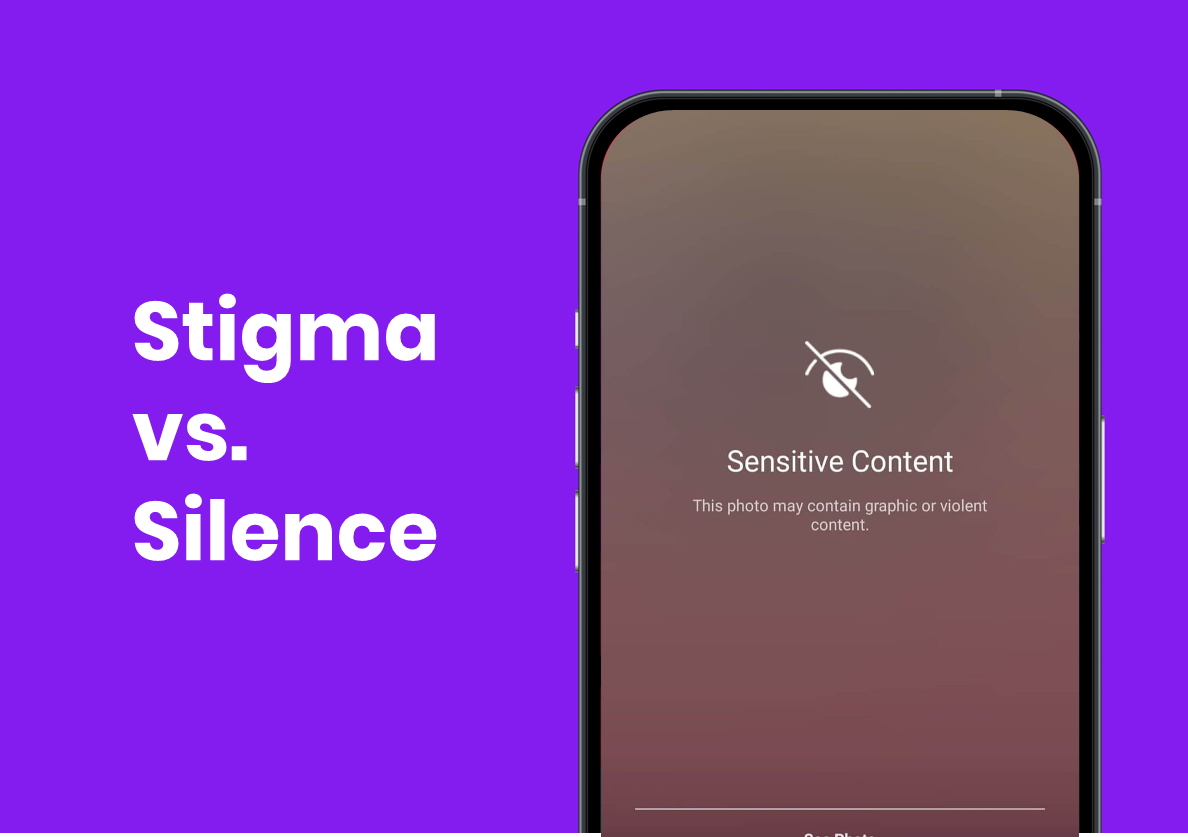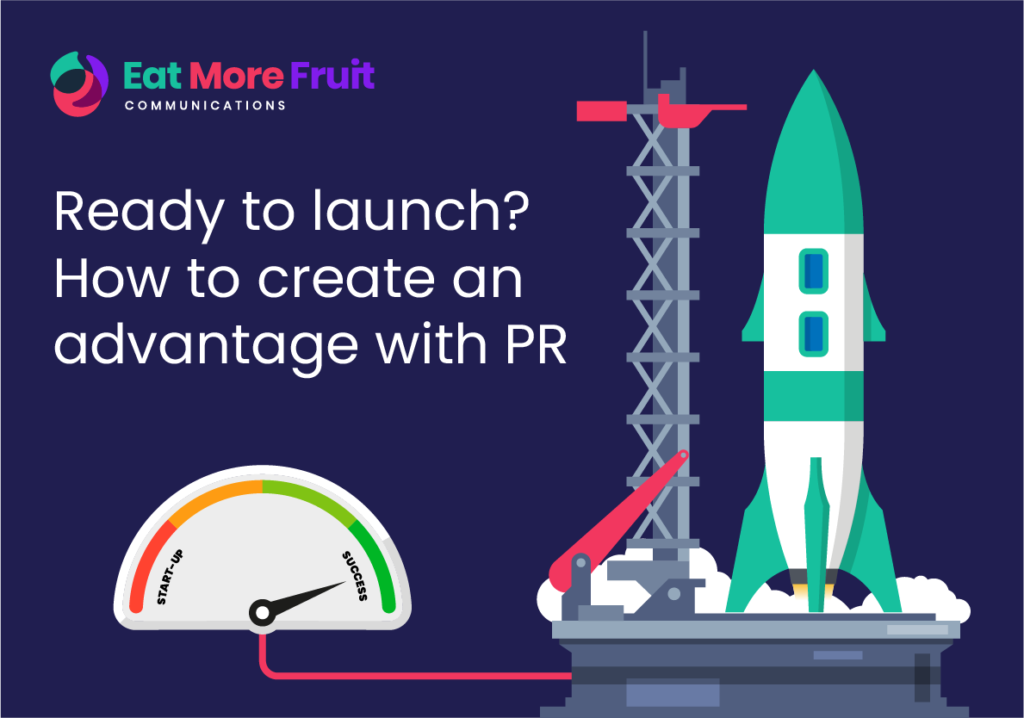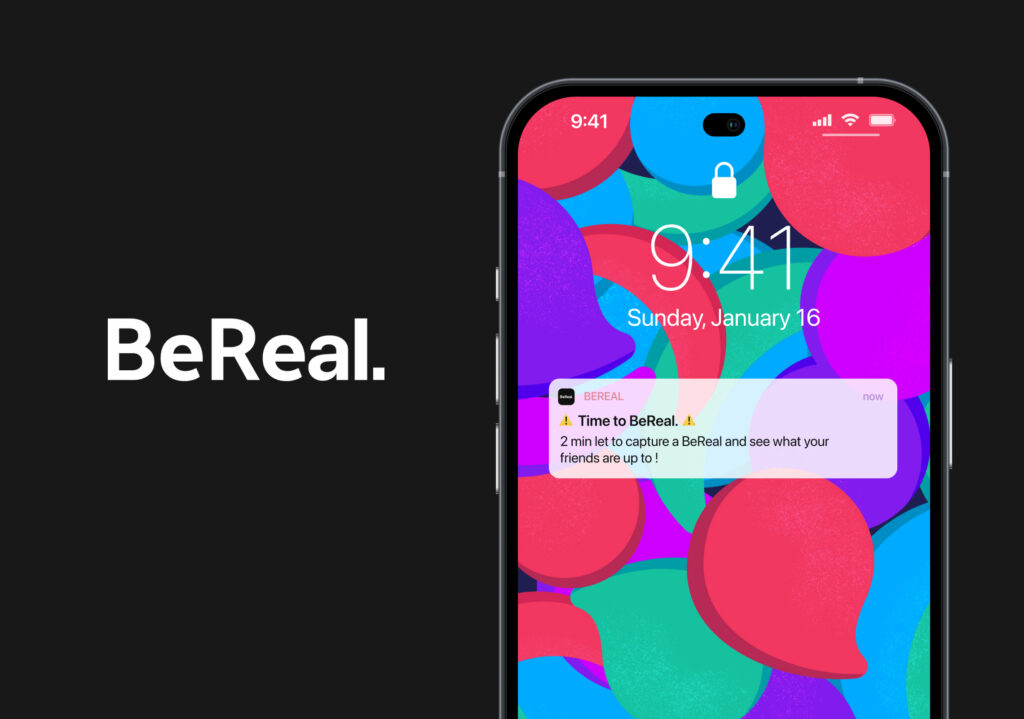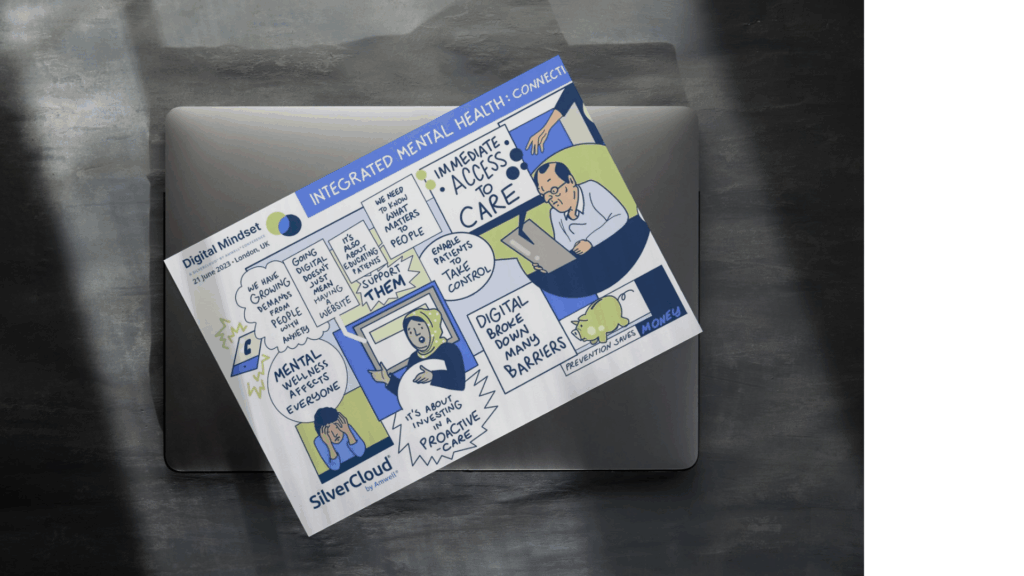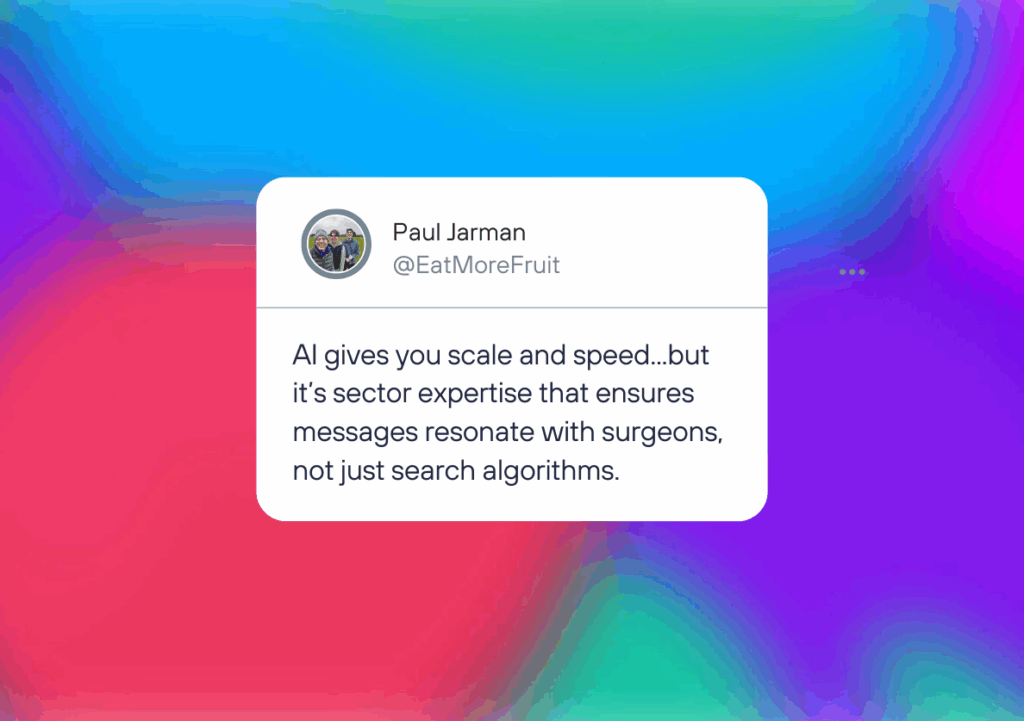With regulatory constraints and social taboos to navigate, how can MedTech marketing break silences, tackle stigmas, and deliver ROI?
First, determine whether you’re facing simple silence, where audiences lack awareness, or a more insidious silence, rooted in stigma.
Without this distinction, marketing strategies risk missing the mark, and with these sensitive topics backlash can be dramatic.
Insights that can help you make this distinction are becoming easier to access, not just from surveys and advisory boards. We can see what surgeons and patients are searching for when no one is looking, and that’s where we find the internalised stigmas and barriers to behaviour change.
Stigma-rketing
In MedTech we need to communicate complex technologies in accessible ways… particularly challenging when addressing conditions surrounded by silence or shame. People just don’t want to hear it.
Stigma creates silence, preventing optimal health outcomes. In today’s media, certain health conditions remain stigmatised—not ‘palatable’ enough for morning telly or not common enough to warrant

covering. On Instagram, photos of real bodies and symptoms are censored, and medical accounts are suspended.
This silence creates barriers to awareness, diagnosis, and treatment while regulatory requirements continue to tighten, chasing the tail of misinformation. Oversaturation from unregulated brands on social can distract audiences and create false narratives that can reinforce existing prejudices and fears, either about conditions, or treatments themselves.
Healthcare crises can emerge unexpectedly too, and in taboo health areas, these crises can be amplified, be contentious, and reinforce existing negative perceptions.
So second, work with a creative that uses empathy and bravery to cut through everyday conversations, challenges the norm and respects real experiences.
Impact beyond access
It’s not just a lack of awareness or unwillingness to seek medical help that stigma affects. Once treatments are prescribed, non-adherence can come into play.
Poor healthcare communication wastes an estimated £1 billion across the UK health system through poor medication adherence, repeat clinic visits, and litigation.1
Studies show that non-adherence accounts for 6.5% of adult hospital admissions. For stigmatised conditions, these figures can be even higher due to patient reluctance to engage with treatment.
One way to combat stigma is by amplifying voices of those with lived experience. Personal narratives humanise health issues and help brands get content right – but marketers must balance these stories with clinical evidence and regulatory compliance.
Even in glaucoma, a seemingly inoffensive condition, we faced cultural and demographic factors that were a barrier to adherence. Working with an authentic patient voice, support tools were rolled out across university hospitals with notable improved patient adherence.
The Way Forward
- Get intimate insights
- Balance a bold creative with visibility and empathy
- Pair authentic patient voices with scientific credibility
Ultimately, the more you see something, the more normal it becomes to talk about it. A good PR campaign raises visibility enough for people to confront the issues, demand better outcomes, and feel empowered to get them.

But stigma isn’t limited to patients. Healthcare professionals face their own barriers, particularly around issues like infection rates or complications. Early adopters of new technologies might feel they’re admitting to performance problems by embracing innovations—hardly what marketers intend.
Whether facing simple silence or deeply-rooted stigma, the end goal remains the same: getting people talking about your solution. When stigma underpins that silence, specialised insight, expertise and a shared bravery, becomes essential to break through complex psychological and social barriers.
If you are looking to run a campaign that breaks down a stigma, get in touch and together we can make a healthy difference.
Footnotes
